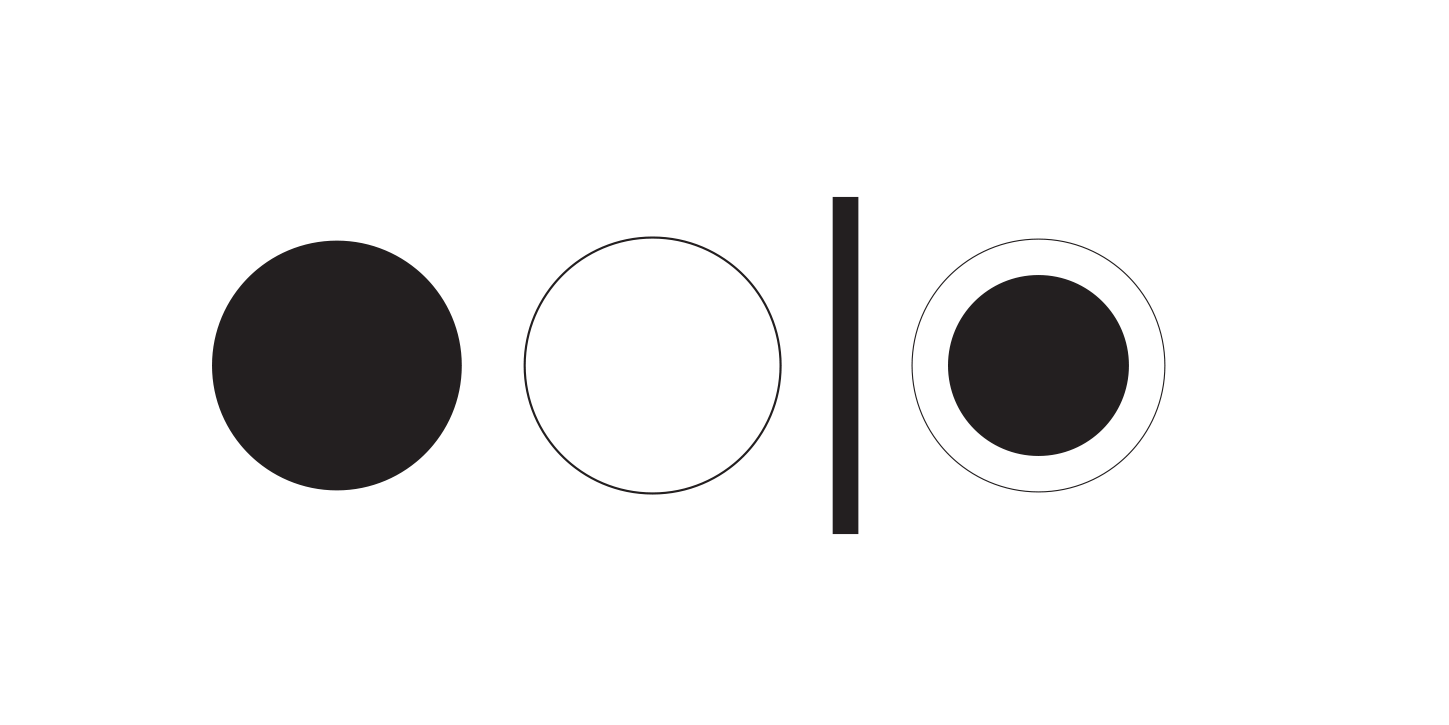ABOUT READING IMAGES
Endless faces in Kensuke Koike's photographs.




F1 / ART AND MEDIA
Author - Alessandra Chiericato
Published: 24th Nov. 2020
"Not those who ignores the alphabet, but those who ignores photography will be the illiterate of the future".
This is what Làszlò Moholy-Nagy wrote in Melerei Fotografie Film in 1927, introducing a very complex question about the readability of images — later taken by Walter Benjamin, Gilles Deleuze and Georges Didi-Huberman, among others, via the photomontage of Brechtian memory.
It is precisely to the idea of montage that the work of the Japanese artist Kensuke Koike (Nagoya, 1980) seems to look at when he engraves his photographs.
The editing is considered here as an open process capable of disposing things, of taking them apart, and of reassembling them in order to assume a detached position with respect to the image itself and the portrayed subject. By cutting, folding, tearing, arranging, gluing and reassembling with surgical precision the fragments obtained from a single photograph, the artist leads from the core image an exercise that shows its infinite possibilities.
It goes back to 2012 — following the discovery of some old photographs in an antique shop — when the artist decided to shift his artistic practice towards the manipulation of image.
As a futuristic archaeologist, Kensuke Koike has created over time his personal catalogue of uncanny portraits. Starting from this very personal collection of strangers’ photographs, the artist has been “operating” on them by following one simple rule: nothing is taken away, nothing is added.
Looking at the faces portrayed on the yellowed photographs —searching for their somatic features almost in a Proustian manner— the artist performs a careful deconstruction and recomposition of mapping and awareness, not only of the subject portrayed but also and above all of the image itself. It seems like the image "opens up" to the spectator, revealing itself as living matter.
This happens not only for the series of photographs that constitute the Single Image Processing archive, but also when the reproduced image is subjected to an always different cut, as in the most recent work Kensuke's Room, Forever Mine. This obsessive and repetitive act on the image seems to suggest wider considerations on the photographic portrait, surrealistically understood as an endless face because of its exposure to the artist's ever changing regard.
Kensuke Koike's artistic practice testifies that an image is not the faithful rendering of reality, but rather what remains of the relationship between the artist's gaze and his subject. And it is precisely by recording the countless oscillations of his gaze (between one form and another) that Kensuke Koike shows how behind the new enigmatic character thus transformed, it lies the essence of his artistic intention.
Author - Alessandra Chiericato
Published: 24th Nov. 2020
"Not those who ignores the alphabet, but those who ignores photography will be the illiterate of the future".
This is what Làszlò Moholy-Nagy wrote in Melerei Fotografie Film in 1927, introducing a very complex question about the readability of images — later taken by Walter Benjamin, Gilles Deleuze and Georges Didi-Huberman, among others, via the photomontage of Brechtian memory.
It is precisely to the idea of montage that the work of the Japanese artist Kensuke Koike (Nagoya, 1980) seems to look at when he engraves his photographs.
The editing is considered here as an open process capable of disposing things, of taking them apart, and of reassembling them in order to assume a detached position with respect to the image itself and the portrayed subject. By cutting, folding, tearing, arranging, gluing and reassembling with surgical precision the fragments obtained from a single photograph, the artist leads from the core image an exercise that shows its infinite possibilities.
It goes back to 2012 — following the discovery of some old photographs in an antique shop — when the artist decided to shift his artistic practice towards the manipulation of image.
As a futuristic archaeologist, Kensuke Koike has created over time his personal catalogue of uncanny portraits. Starting from this very personal collection of strangers’ photographs, the artist has been “operating” on them by following one simple rule: nothing is taken away, nothing is added.
Looking at the faces portrayed on the yellowed photographs —searching for their somatic features almost in a Proustian manner— the artist performs a careful deconstruction and recomposition of mapping and awareness, not only of the subject portrayed but also and above all of the image itself. It seems like the image "opens up" to the spectator, revealing itself as living matter.
This happens not only for the series of photographs that constitute the Single Image Processing archive, but also when the reproduced image is subjected to an always different cut, as in the most recent work Kensuke's Room, Forever Mine. This obsessive and repetitive act on the image seems to suggest wider considerations on the photographic portrait, surrealistically understood as an endless face because of its exposure to the artist's ever changing regard.
Kensuke Koike's artistic practice testifies that an image is not the faithful rendering of reality, but rather what remains of the relationship between the artist's gaze and his subject. And it is precisely by recording the countless oscillations of his gaze (between one form and another) that Kensuke Koike shows how behind the new enigmatic character thus transformed, it lies the essence of his artistic intention.
